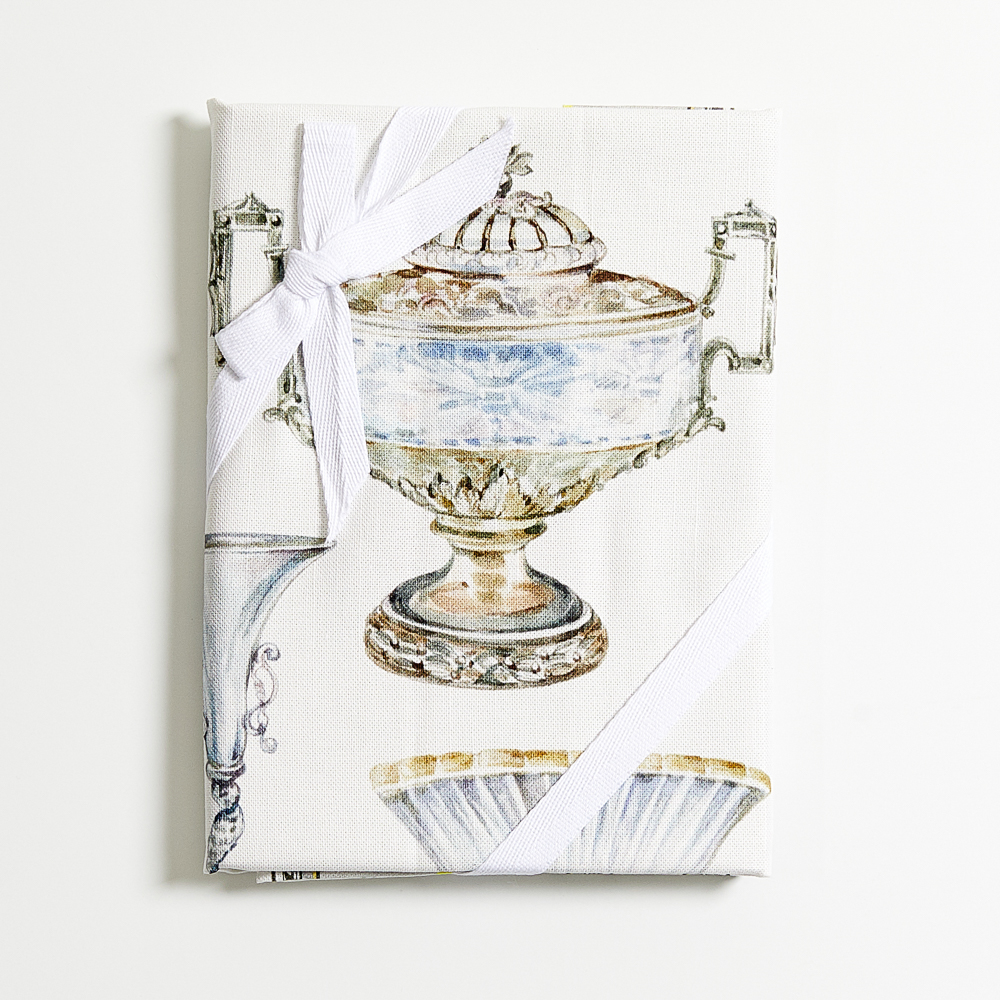Flax and health – it’s in the linen, too
The benefits of eating flax oil have been becoming more known recently, and using it to prepare foods has been gaining in popularity. Less well known are the benefits of actually wearing linen clothing.
Imagine that you could wear clothing that looked great and felt comfortable – and was actually healthy for you! You would think that it’s a newfound technology, a twenty first century invention that synthesized modern ideas and healthy living. You might be very surprised to find out that such a fabric has existed for thousands of years, was used in ancient times, is used today, and you probably have it in your closet. Can you guess? Linen, for centuries a prized material, can be good for the person who wears it.
Flax seed oil has been touted as having many health benefits for users as it is a leading source of omega 3 fatty acids. The health brigade will speak of its wonderful qualities that include lowering cholesterol and even preventing cancer. Walk into any health food store and there you will see whole flax seeds, cold-pressed flax seed oil, and even ground flax seeds to add to bread or yogurt. What’s lesser known is that wearing linen fabric, spun from the vegetable fibers of the same flax plant, has great health benefits as well. While it may not prevent cancer, it can be an extremely powerful aid in regulating the body’s temperature and keeping the wearer comfortable.
Due to the fabric’s natural, plant-derived source, it is extremely breathable, unlike any synthetic counterpart. The fabric itself is also extremely durable, having 2 to 3 times the strength of fellow plant fabric cotton. This unique mix makes it an extremely strong yet lightweight fabric. High quality linen is a most exclusive fabric for obvious reasons. The way this actually works scientifically is quite amazing. Research has shown that linen has more powerful sweat absorbing properties than any other fabric. Wearing linen can reduce the proliferation of the body’s perspiration several times faster than silk, cotton, or artificial materials.
This amazing feature can be seen in the workings of the plant itself. The fiber that is produced from the flax plant has an amazing ability to transport water. A piece of linen can be almost saturated in water and still will not feel completely wet. In fact, a linen garment can contain 40% water without feeling wet. In the flax plant, the diameter of the stem can be stretched from two millimeters to one whole centimeter. This property that is unique to linen can make you feel cool in the summer and warm in the winter.
When wearing linen in the summer, the fabric can absorb sweat without becoming moist and can make the wearer feel comfortable and refreshed. The fabric contains the same properties as the plant, and the strong fibers can wick away moisture, allowing the skin to dry off and breathe. The material as well continues to breathe since it can hold this much moisture without becoming wet or heavy. For the wearer, it’s like wearing an air conditioner in your clothing! It is pure bliss on a hot, summer day.
Although linen is mainly known as a summer fabric for this reason, it is actually a superior winter fabric as well, for the same reason – the fibers are able to close up tightly and push out moisture, locking in heat and warmth for the wearer. In many arctic areas people wear linen outer shirts in order to keep in the body heat and prevent the cold from getting into the clothing underneath. It is stronger, warmer and will last longer than a plastic layer that can also shield the body. Although synthetic materials have abounded in recent years that contain similar properties, none can beat linen.
Fabrics created in a laboratory are made to be cheaper and easier to manufacture, and they aren’t particularly strong. Football players outfitted in linen would be cute to see but too expensive to maintain. You also wouldn’t be able to construct a fine suit from a synthetic fabric that wicks away moisture. When you need a superior fabric that meets the demand for quality and comfort, choose linen.






























































3 Comments
Kitty
Wash and dry your linen fabric about five times before you make your garment and the wrinkles become very tiny and all over. gives your garment a uniform look, same as your jeans or t-shirts have.
Rinah Dreyer
What do I do about the wrinkled look of linen please?
I would love to wear linen more -- but I look like a wrinkled mess when I wear it. What do you suggest?
I would love to wear linen more — but I look like a wrinkled mess when I wear it. Do you have any suggestions?